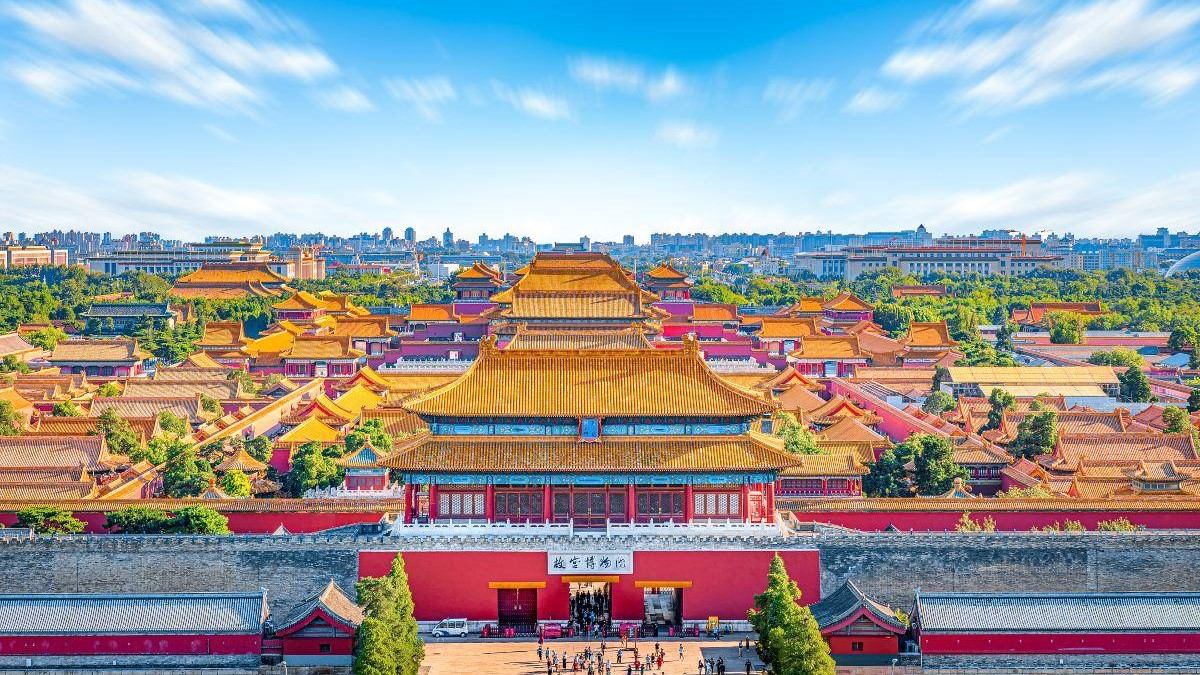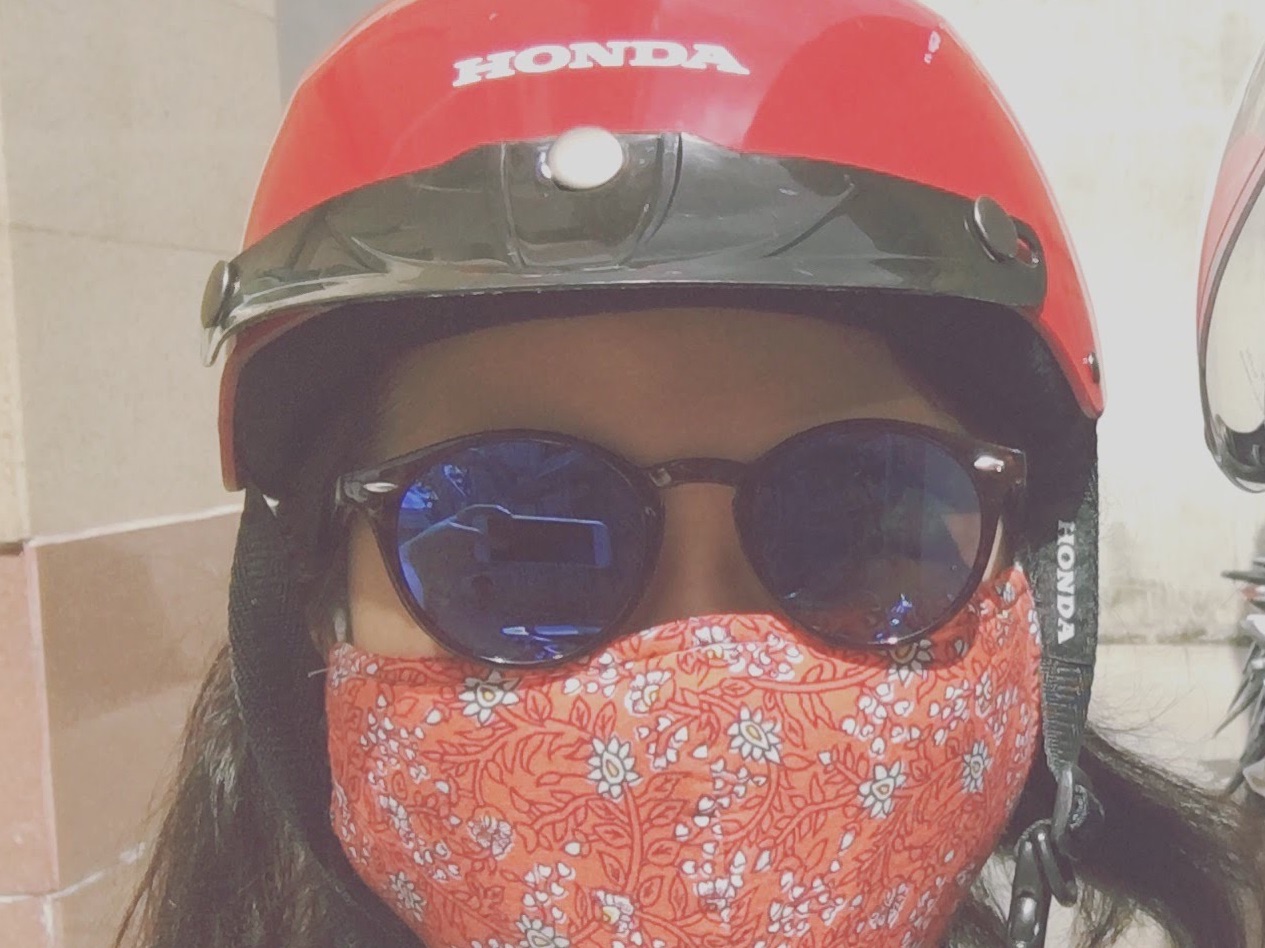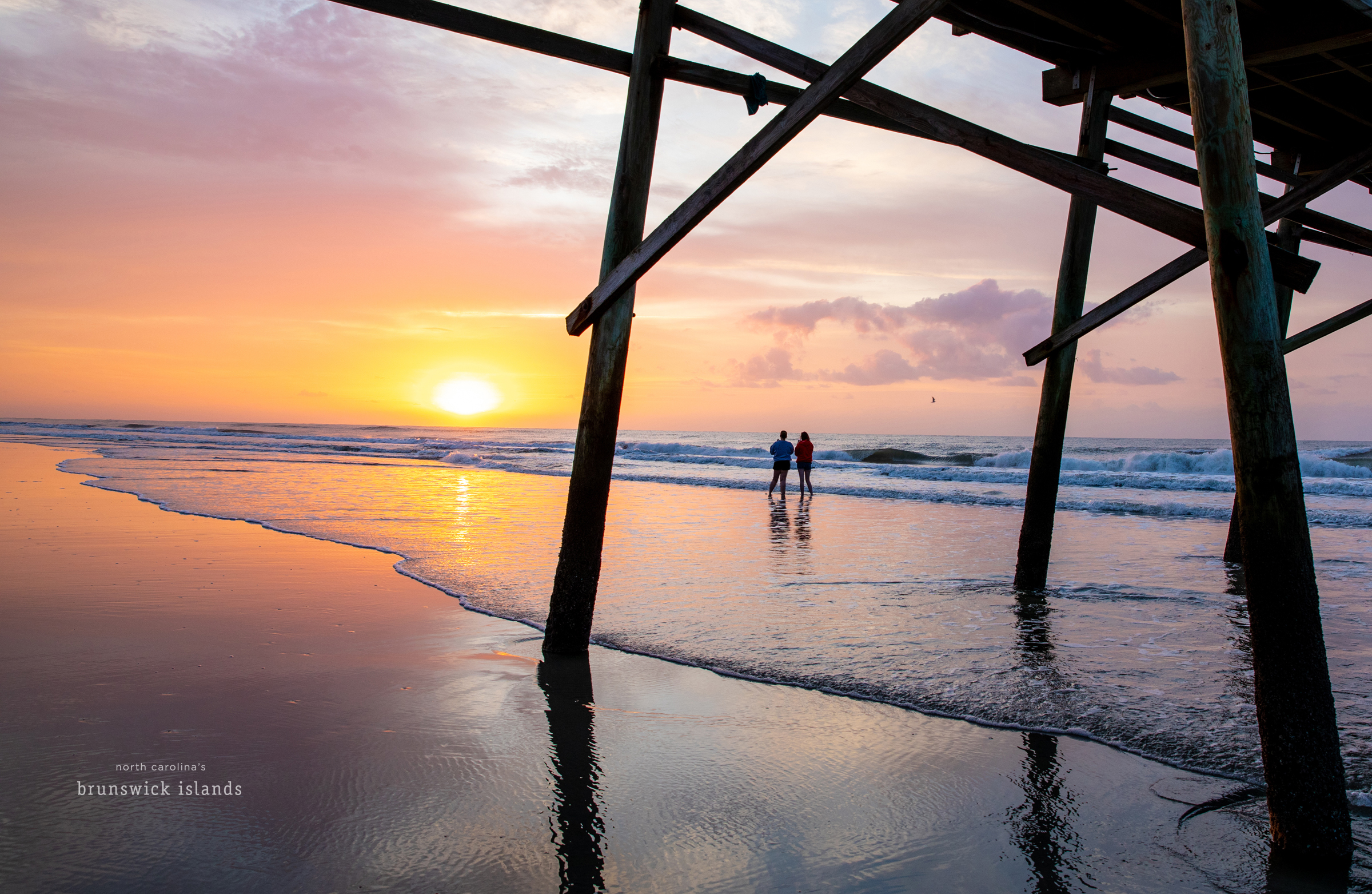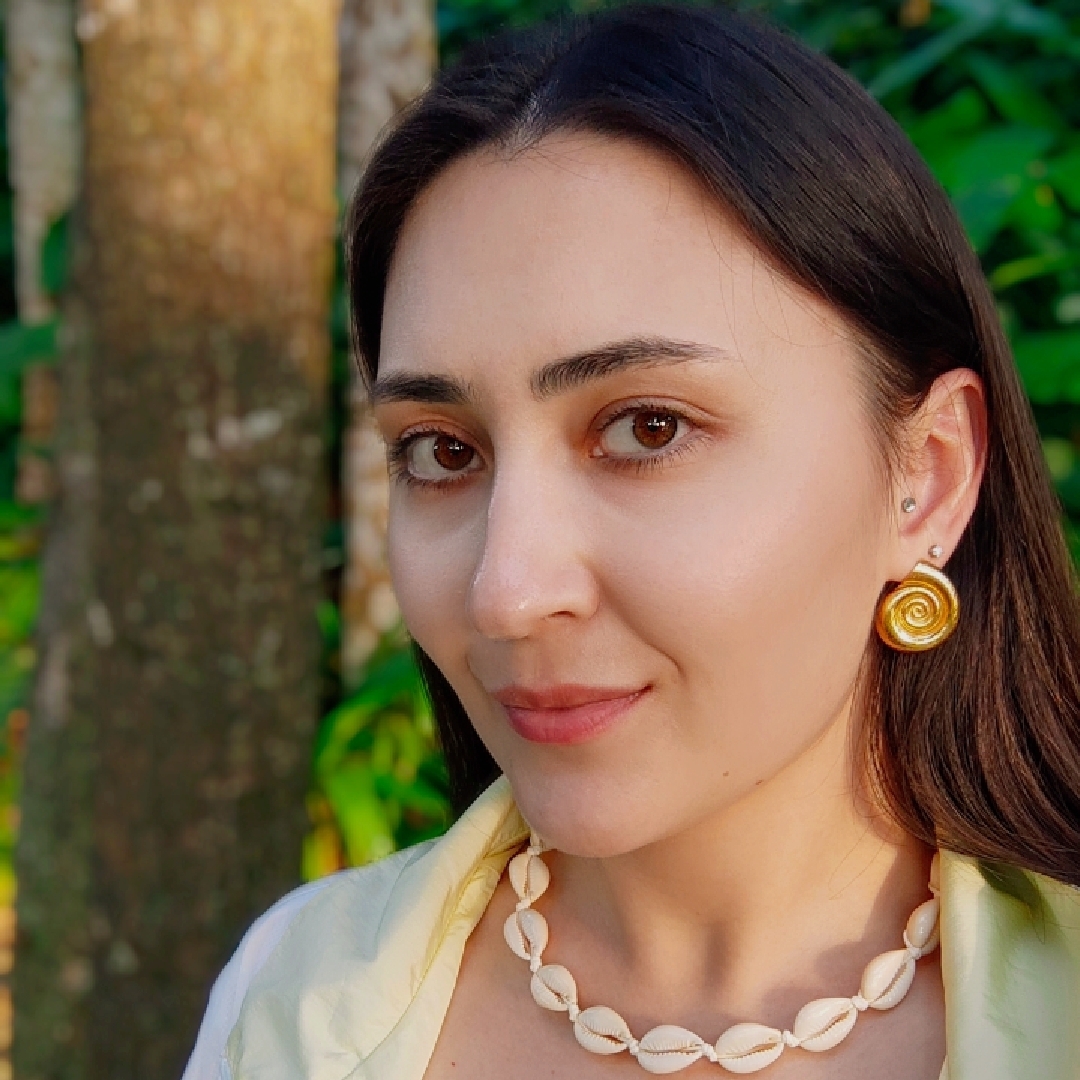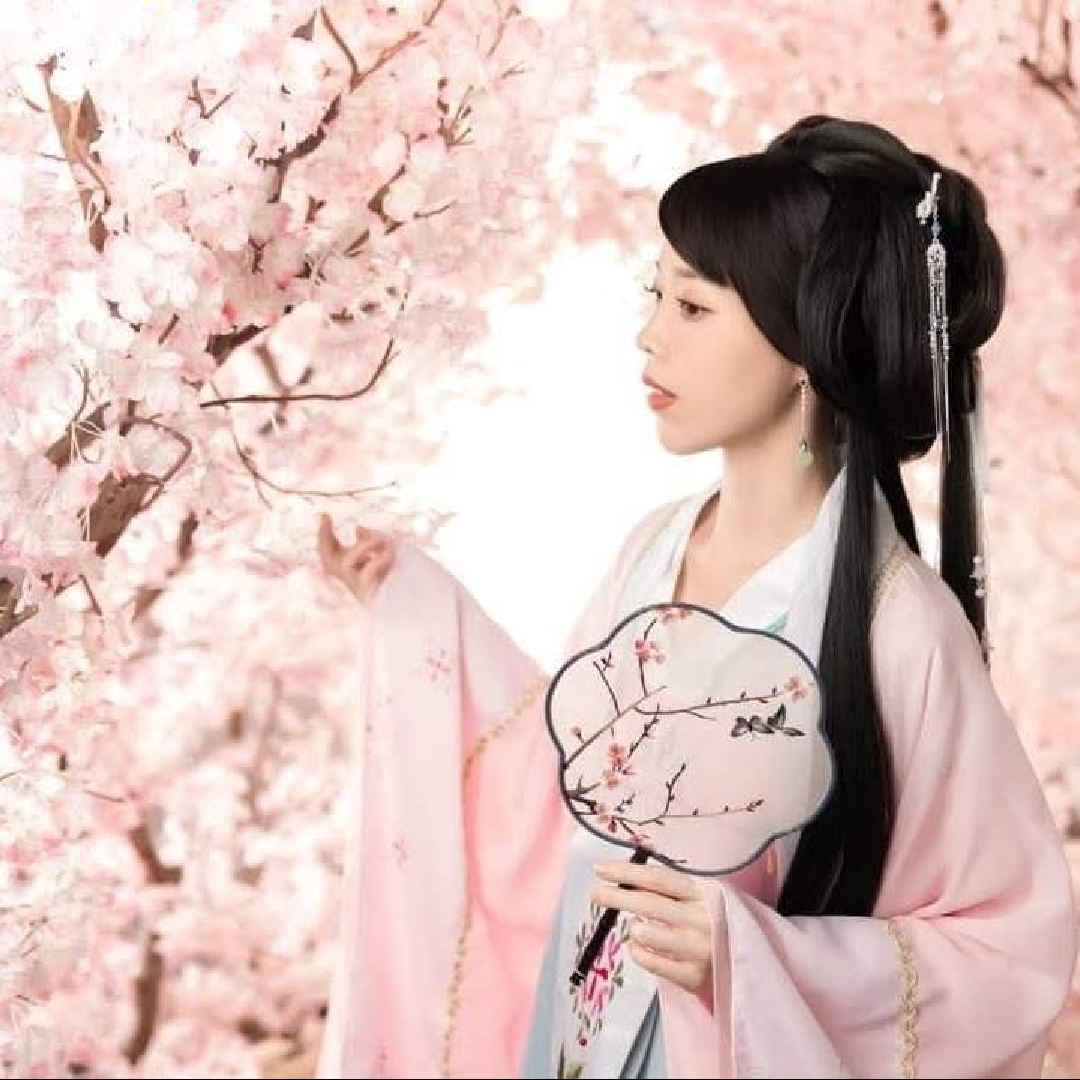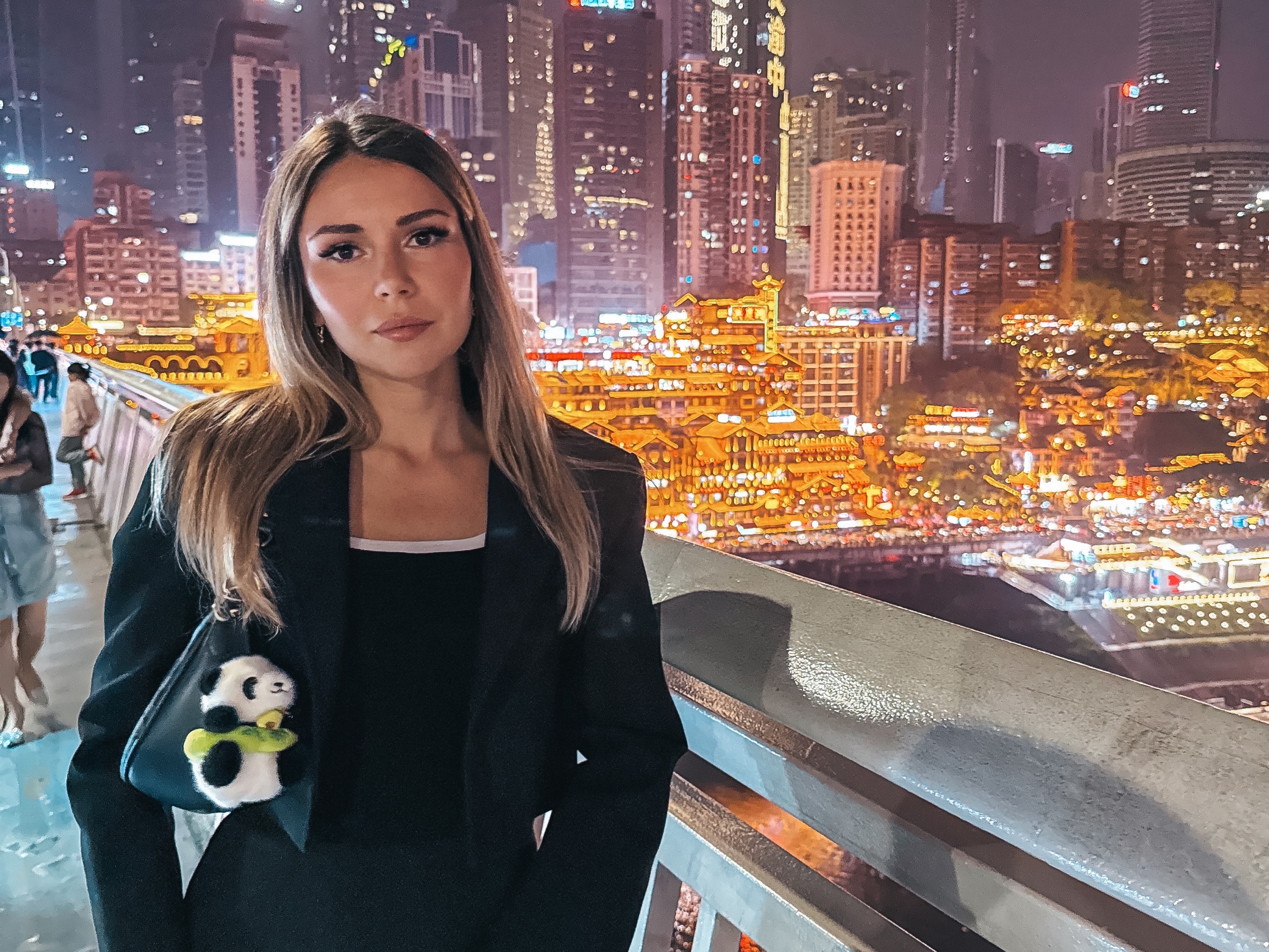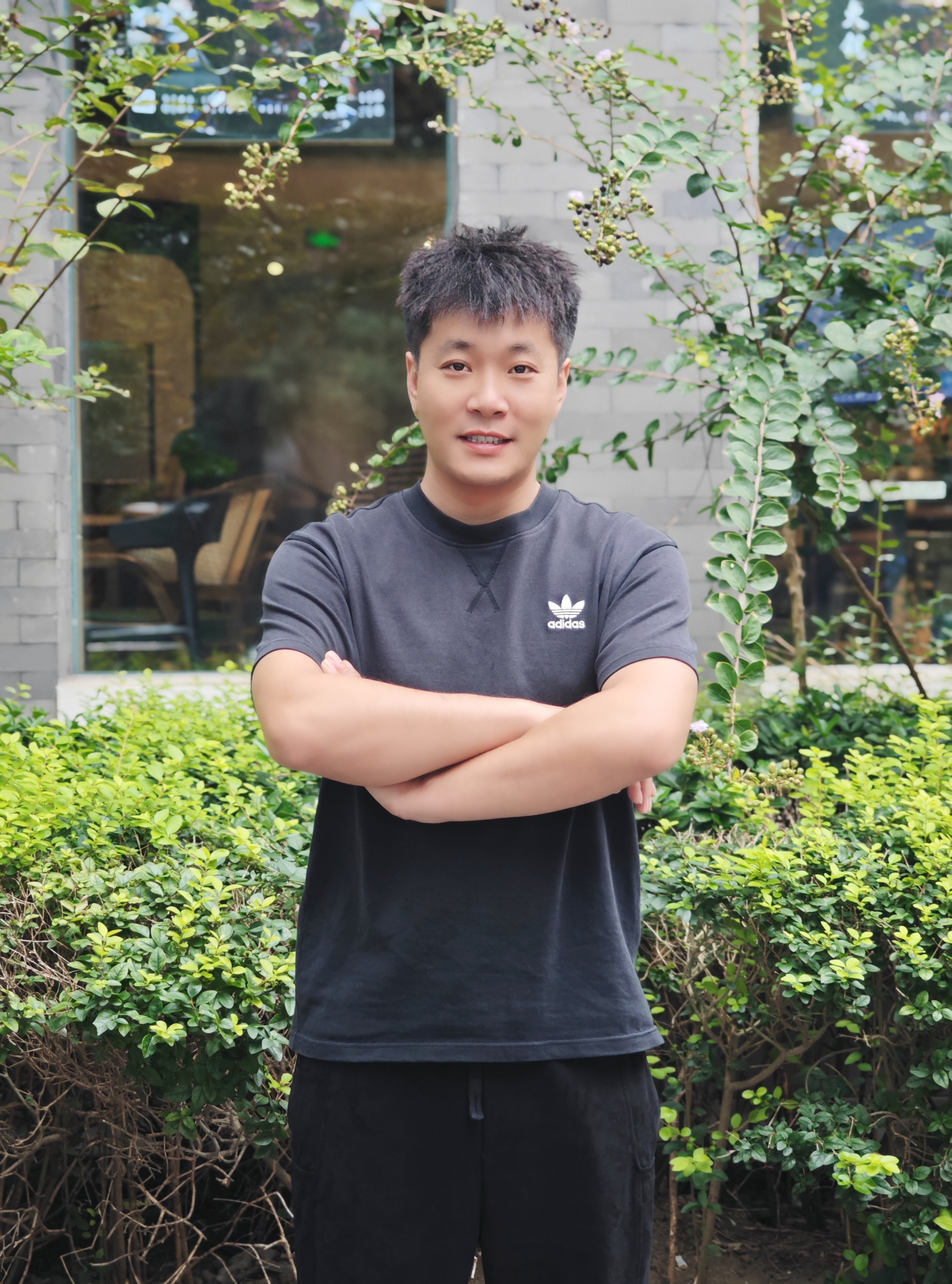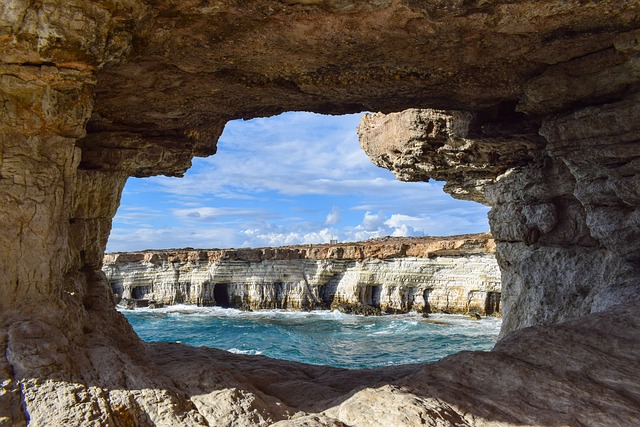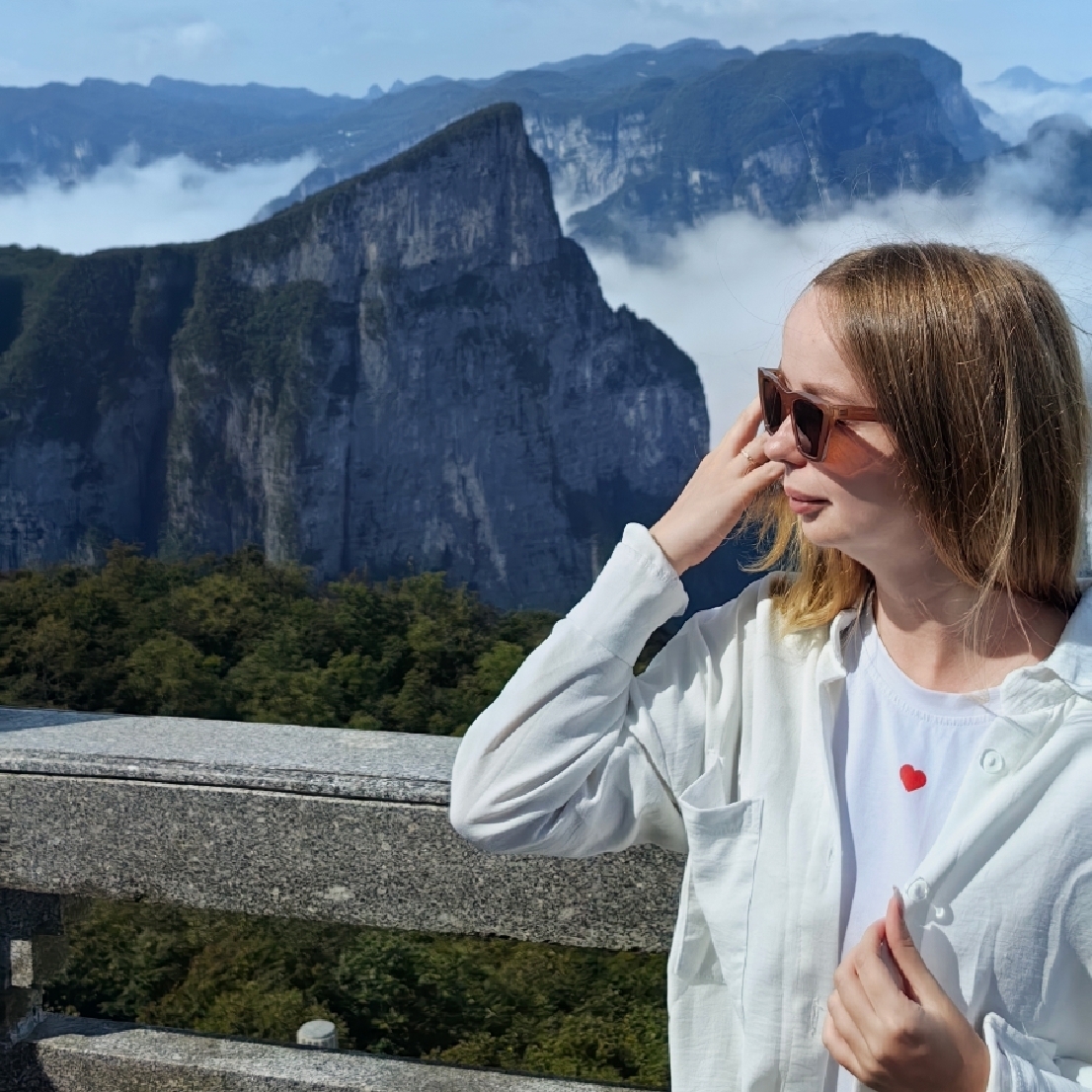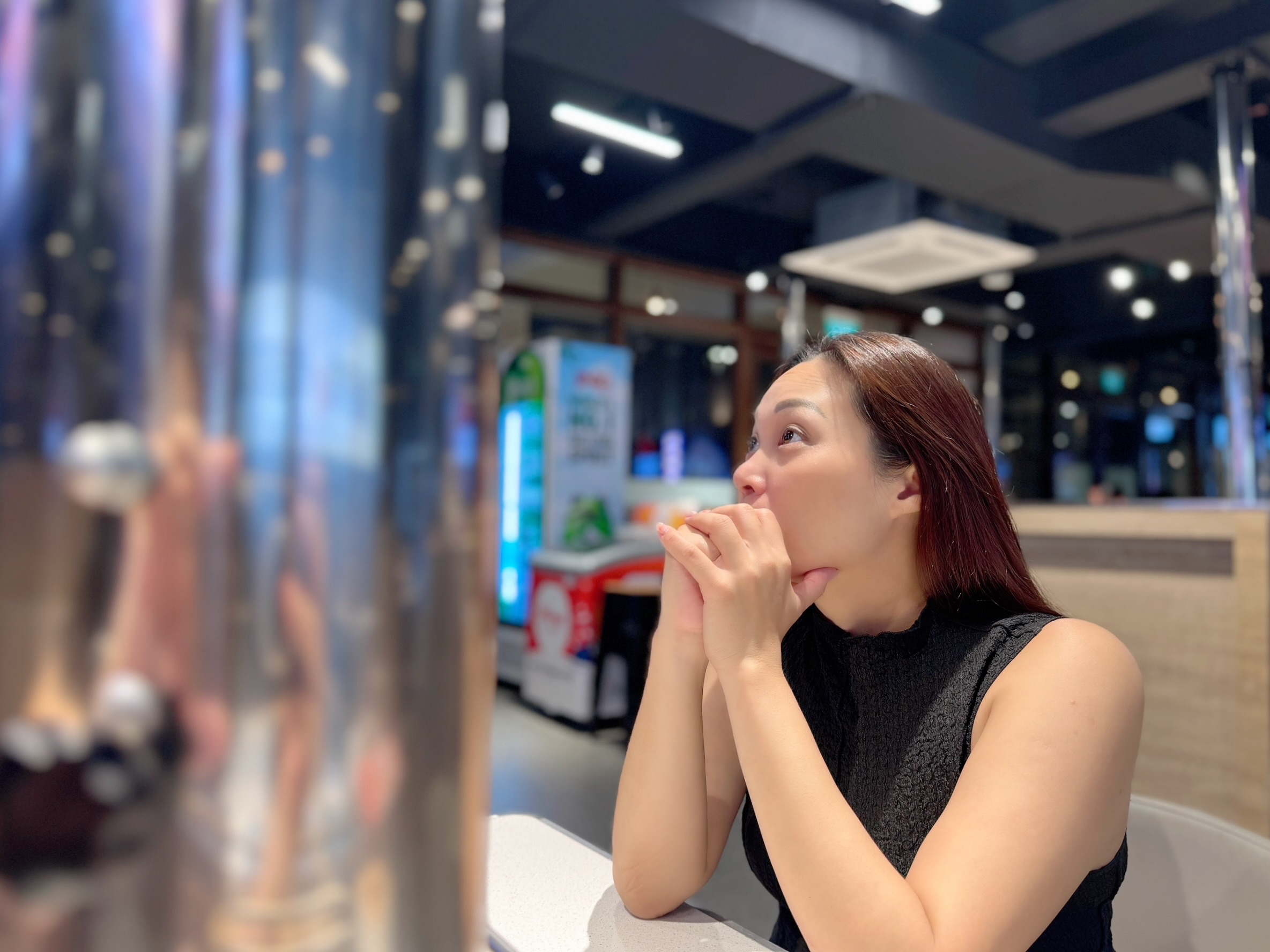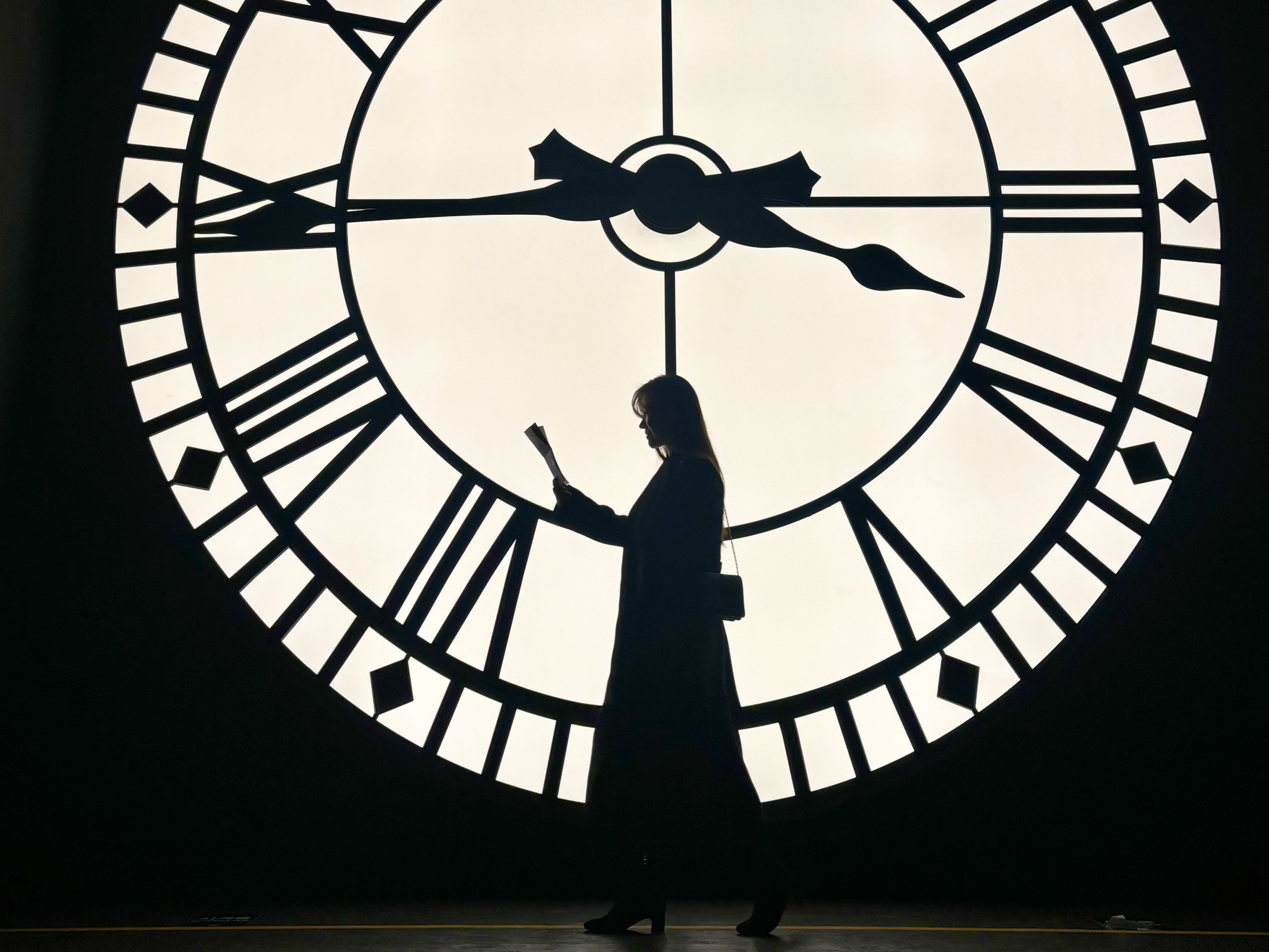Travel to Beijing
Beijing is China’s storied capital. The city’s heart beats in its historic hutongs, echoing with the rhythm of daily life, while just steps away, the grandeur of the Forbidden City and Tiananmen Square tells tales of dynasties past. Towering business districts rise alongside imperial temples and leafy courtyards. Timeless yet ever-changing, it’s a city that never stops reinventing itself.
Book Flight to Beijing✈️Grab latest Trip.com Travel Promos!
Enjoy savings on your next adventure with Trip.com by taking advantage of promotional codes, coupons, flight offers, and hotel discounts.
Latest Trip.com Promo CodesBeijing Travel Promotions & Recommendations!

Beijing Travel Guide
Explore top attractions, activities, and experiences in Beijing.
-
 Weather & TemperatureExperience Beijing’s bold seasons—from icy winters to sun-soaked summers—so you’ll know exactly how to pack, plan, and explore with ease.
Weather & TemperatureExperience Beijing’s bold seasons—from icy winters to sun-soaked summers—so you’ll know exactly how to pack, plan, and explore with ease.
-
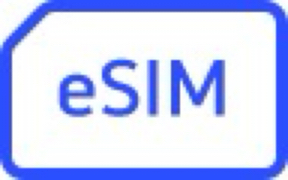 Staying ConnectedGet the best China eSIM plan for hassle-free travel with high-speed 4G/5G data, compatible with iPhone, Samsung, and more. 30-day visa-free China eSIM plans are also available.
Staying ConnectedGet the best China eSIM plan for hassle-free travel with high-speed 4G/5G data, compatible with iPhone, Samsung, and more. 30-day visa-free China eSIM plans are also available.
-
 Public HolidayPlan your China trip with China Public Holiday 2025 guide. Get the complete list of dates, significance, and travel tips for spending your holidays.
Public HolidayPlan your China trip with China Public Holiday 2025 guide. Get the complete list of dates, significance, and travel tips for spending your holidays.
-
 Visa RequirementsDiscover the latest China visa-free policies and China visa requirements for Singaporeans. Find out when you need a visa, how to apply, and travel tips to China!
Visa RequirementsDiscover the latest China visa-free policies and China visa requirements for Singaporeans. Find out when you need a visa, how to apply, and travel tips to China!
-
 Things to DoExplore the best things to do in Beijing. Discover top activities, hidden gems, and local experiences to make your trip unforgettable.
Things to DoExplore the best things to do in Beijing. Discover top activities, hidden gems, and local experiences to make your trip unforgettable.
-
 What to EatDiscover must-try Beijing bites like Peking duck, zhajiangmian, jiabnbing and more local flavours.
What to EatDiscover must-try Beijing bites like Peking duck, zhajiangmian, jiabnbing and more local flavours.
-
 Where to GoDiscover the top places to visit in Beijing—from the majestic Forbidden City and peaceful Summer Palace to lively hutong alleys—for a trip filled with history, flavours, and authentic local charm.
Where to GoDiscover the top places to visit in Beijing—from the majestic Forbidden City and peaceful Summer Palace to lively hutong alleys—for a trip filled with history, flavours, and authentic local charm.
-
 What to BuyExplore top shopping spots and unique souvenirs. Shop local, discover style—Beijing’s streets are full of surprises.
What to BuyExplore top shopping spots and unique souvenirs. Shop local, discover style—Beijing’s streets are full of surprises.
-
 Best Time to VisitFind out the best time to visit Beijing, including Beijing weather, seasons, tips and more.
Best Time to VisitFind out the best time to visit Beijing, including Beijing weather, seasons, tips and more.
-
 Airport to City CentreDiscover the best ways to get from Beijing Airport to city centre. Whether you're taking the metro, taxi, or airport bus, find the most convenient way for your trip!
Airport to City CentreDiscover the best ways to get from Beijing Airport to city centre. Whether you're taking the metro, taxi, or airport bus, find the most convenient way for your trip!
-
 Getting AroundDiscover how to get around Beijing easily, including metro tips, buses, boats, ride-hailing, and more for tourists.
Getting AroundDiscover how to get around Beijing easily, including metro tips, buses, boats, ride-hailing, and more for tourists.
-
 Where to StayExplore top areas with the best hotels, unique experiences, and top attractions in Beijing.
Where to StayExplore top areas with the best hotels, unique experiences, and top attractions in Beijing.
-
 PlugsFind everything you need to know about China power plug, voltage, adapters, and travel tips. Stay charged with China power plug!
PlugsFind everything you need to know about China power plug, voltage, adapters, and travel tips. Stay charged with China power plug!
-
 Day ToursPlan your perfect Beijing guided day tour and experiences. Discover top attractions, the best things to do and helpful travel tips for a memorable trip.
Day ToursPlan your perfect Beijing guided day tour and experiences. Discover top attractions, the best things to do and helpful travel tips for a memorable trip.
-
 ItineraryPlan your ultimate Beijing itinerary! Explore top things to do, food, shopping and more.
ItineraryPlan your ultimate Beijing itinerary! Explore top things to do, food, shopping and more.
-
 Travel TipsPractical tips to help you navigate your travels and make the most of every experience in China, where history, modern cities, and unique culture await!
Travel TipsPractical tips to help you navigate your travels and make the most of every experience in China, where history, modern cities, and unique culture await!
Plan Your Trip
Find cheapest flight and a great place to stay in Beijing!
Flights to Beijing
Whether you're looking for one-way or round-trip options, compare airfares to discover the best flights and deals to Beijing.
Hotels in Beijing
Save big on the best Beijing hotels with good rates, real reviews, and premium customer service!
Book China Train
Planning to take high speed trains in China? Use Trip.com to book your train tickets across any cities in China!
Hotels near The Palace Museum
Recommended hotels near The Palace Museum for the best tourist trip.
Hotels near Universal Beijing Resort
Top family-friendly hotels located close to Universal Beijing Resort.
Hotels near Beijing Railway Station
Stay near the railway station for easy access to transportation.

👑 Best of Beijing
Explore top attractions, hotels and restaurants in Beijing.
-
Top Family Attractions

A ranked list of must-see sights and experiences.
-
Top Hotels

Top-rated hotels selected for comfort, location, and quality.
-
Top Restaurants

Discover highly recommended dining spots and local favourites.
📷 Beijing Through Travellers' Eyes
Explore Beijing through traveller photos, stories, and insights.
FAQs
Do I need a visa to visit Beijing?
Singapore passport holders can enter China visa-free for up to 30 days. For longer stays or multiple entries, a visa is required.What’s the best time to visit Beijing?
Spring (April–May) and autumn (September–October) have the best weather—cool, clear, and comfortable. Summer is hot and humid; winter is cold and dry.How do I get around Beijing?
The Beijing Subway is fast, cheap, and covers most tourist spots. Taxis and ride-hailing apps like Didi are also widely used.Can I use mobile payments in Beijing?
Yes. Alipay and WeChat Pay are widely accepted, and foreigners can now link international credit cards to both apps.What local foods should I try in Beijing?
Must-tries include Peking duck, zhajiangmian (noodles with soybean paste), jianbing, and street snacks like tanghulu (candied hawthorn).
